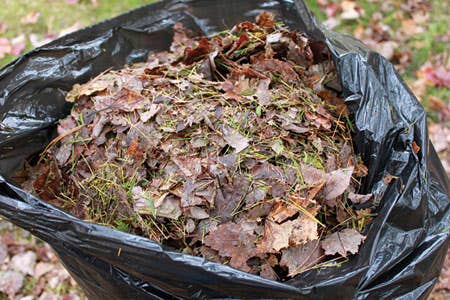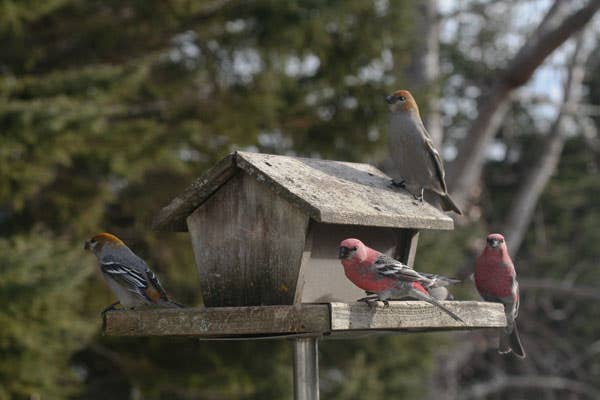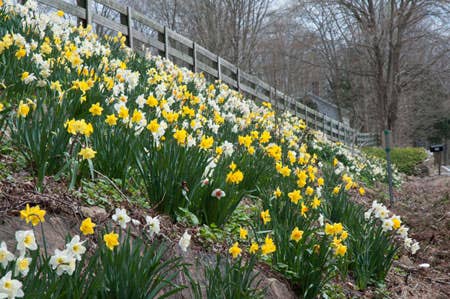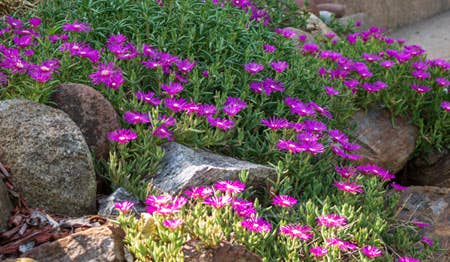Q&A: How do I force grape hyacinths?
Easy tips to bring a bit of early spring indoors
Forcing bulbs is one of the few good things about winter for gardeners. With a little advanced planning and a willingness to sacrifice a shelf of your refrigerator to the project, you can have spring blossoms in your windowsill long before the season arrives outside. Narcissi and hyacinths have been standard choices for forcing ever since winter-weary and spring-starved Victorian gardeners came up with the brilliant idea in the 19th century, but you can do the trick with many other minor bulbs.
Grape hyacinths are particularly rewarding. The most reliable forcers in the genus are Muscari armeniacum, the flagship in the family, with small, violet-blue, bell-shaped blossoms all clustered together like mini-grapes on a six- to eight-inch spike.
1. Plant the bulbs
Fill a six-inch (or wider, if you prefer) plastic or clay container with any good, well-drained container soil or potting mix to within two inches of the rim. Then pack in as many bulbs as can be snuggled together cheek-by-jowl; usually four to six can be tucked comfortably in to a six-inch pot. Although muscari should be buried four inches deep or more when planted in the garden, for forcing purposes the potted bulbs should sit just below the soil's surface. Cover them with soil, wedging it between all the crevices between bulbs, leaving an inch between the soil line and the container's rim for watering purposes.
2. Chill the bulbs
Muscari require a dormant period of cold temperatures between freezing and 45 degree F. The refrigerator is ideal for this purpose, but an unheated, attached garage or root cellar will also work if the temperatures are within the proper bounds. In the refrigerator, don't hesitate to stack the pots; placing a piece of cardboard between layers will keep them tidy. The only care needed at this stage is a weekly check for dryness—if the soil surface looks dry, take the pot out, give it a drink of water, let it drain, and return it to the fridge.
3. Move the bulbs to the windowsill
The official duration of the chilling process is 15 weeks. However, muscari often jump the gun and show sprouts sooner. As long as they've been cooled for at least two months, muscari can be removed from the refrigerator when you see growth an inch above the soil surface. For best results, put the sprouting bulbs on a cool (50-65 degrees F) and sunny (or partially sunny) windowsill and water the container when the soil appears dry.
4. Care for the blooms
Grape hyacinths blossom quickly after they begin growth. Three weeks after removal from the refrigerator, their buds will begin to color and swell. The performance is prolonged if the muscari are kept cool, placed in indirect but bright light, and watered frequently (potted muscari are thirsty). Don't toss muscari after the first spike is finished—they often send up later blossoms. Unfortunately, muscari are prone to red spider mites (control with a shot of cold water) and aphids (dispatch with insecticidal soaps). But bulbs grown in cooller temperatures tend to suffer fewer pests.
5. Keep the bulbs for outdoor planting
Forced grape hyacinths can go into the garden as soon as the ground has thawed and the danger of frost is over. When they finish blooming, keep the pot watered and in indirect sun, biding time until conditions are ripe outdoors. When the weather moderates, acclimate the muscari gradually to the more stressful conditions outside, then plant the bulbs two to four inches below the soil surface, keeping the new transplant watered. Next spring, the muscari will bloom with the other spring bulbs.







